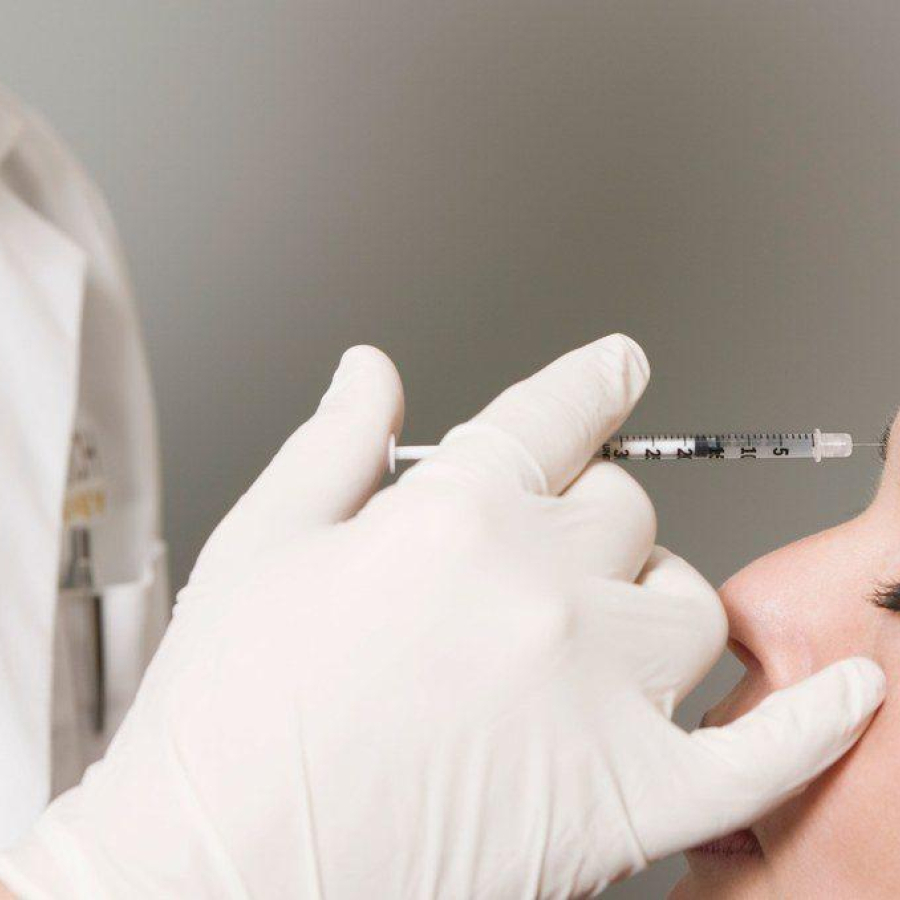
Legal
Second California Law That Affects MSOs Passes
California has now passed two laws that will have an effect on how investors, health care entities and management services ...

Show your committment to patient safety, legal compliance and community over competition.
AmSpa members receive preferred pricing on all AmSpa live and virtual trainings.
Get the latest news and information about safe, legal practice in medical aesthetics directly in your inbox.
Get access to med spa laws, in-person and online training and more!
Posted By Madilyn Moeller, Wednesday, August 9, 2023

By Patrick O’Brien, JD, General Counsel, American Med Spa Association (AmSpa)
[Editor’s note: We attempted to use AI to write this article, but the algorithm was only current on the topic up to September 2021, so we were stuck using an old-fashioned human.]
Artificial intelligence (AI) programs, such as ChatGPT and Midjourney, have been grabbing headlines this year. The technology both controversially and potentially offers the prospect of revolutionizing many aspects of business and life, possibly replacing many existing jobs as wide ranging as writer, artist and customer service. Recently, the Equal Employment Opportunity Commission (EEOC) has provided guidance on the appropriate use of AI programs in relation to federal employment protection laws, such as the Civil Rights Act of 1964 and the Americans with Disabilities Act of 1990 (ADA).

These laws broadly prohibit discrimination based on race, color, national origin, religion, sex, disability, age and genetic information. This applies to employers making decisions on employment, evaluation, recruitment, monitoring, or determining pay and promotions. The EEOC, in its guidance (linked here) reiterates that these duties apply whether a human is making the decisions or is delegating them to an AI or algorithm. This seems logical: if it is illegal for someone to discriminate in hiring, it would still be illegal to hide those discriminatory policies behind a computer program.
But overt and direct discrimination is not the only way to violate these laws. The EEOC also warns of “disparate impact” in these automated decision-making tools. The concept of disparate impact suggests that even apparently neutral criteria can still end up being discriminatory in aggregate—for example, using a physical fitness test to in part inform employment decisions. While not obviously biased or discriminatory on the surface, this could still have the effect of screening out women, the old or those with disabilities. However, potentially biased selection procedures may be allowed if they are shown to be consistent with business necessity and less discriminatory alternatives are not available. The EEOC provides a variety of resources to aid employers in analyzing their processes for these types of biases.
As a practical matter, this guidance means that employers and HR professionals will need to be diligent in what tools they use. If medical spa owners and operators are using third-party vendor-provided systems, such as productivity monitoring software, they need to still make inquiries and examine the “nuts and bolts” of how the process makes decisions, or at least have data on how neutral its outputs are. Obviously, this may pose some challenges, as the internal workings of these algorithms are technical, complex or difficult to trace.
Although this technology is new and in its infancy, it will, without a doubt, find its way into all sorts of places that we haven’t even considered yet. Still, the larger idea of “technology does not replace responsibilities” is likely to remain a basic guide.

Stay up-to-date and compliant in your medical spa business practices by learning from industry experts at an AmSpa Medical Spa Boot Camp. Make your plans to attend one today.
Related Tags
Medical spa news, blogs and updates sent directly to your inbox.

Legal
California has now passed two laws that will have an effect on how investors, health care entities and management services ...

Legal
A newly passed law in California will prohibit certain contractual provisions between medical and dental practices and private equity groups ...

Legal
By Patrick O'Brien, General Counsel, American Med Spa Association (AmSpa)The September bulletin from the Texas Medical Board (TMB) helps to ...

Legal
By Patrick O’Brien, General Counsel, American Med Spa AssociationOn September 23, 2025, the Alabama Board of Medical Examiners (BME) issued ...